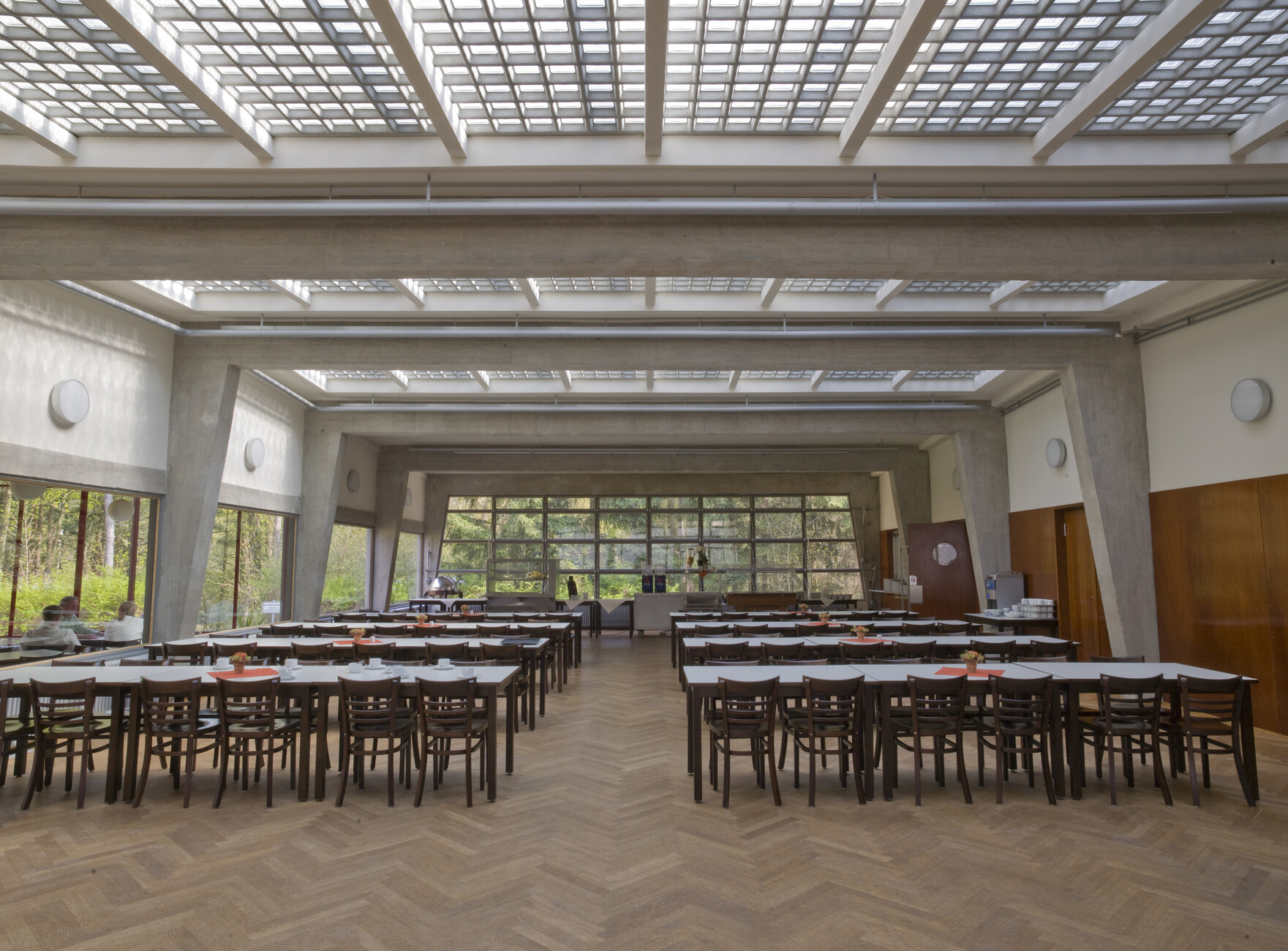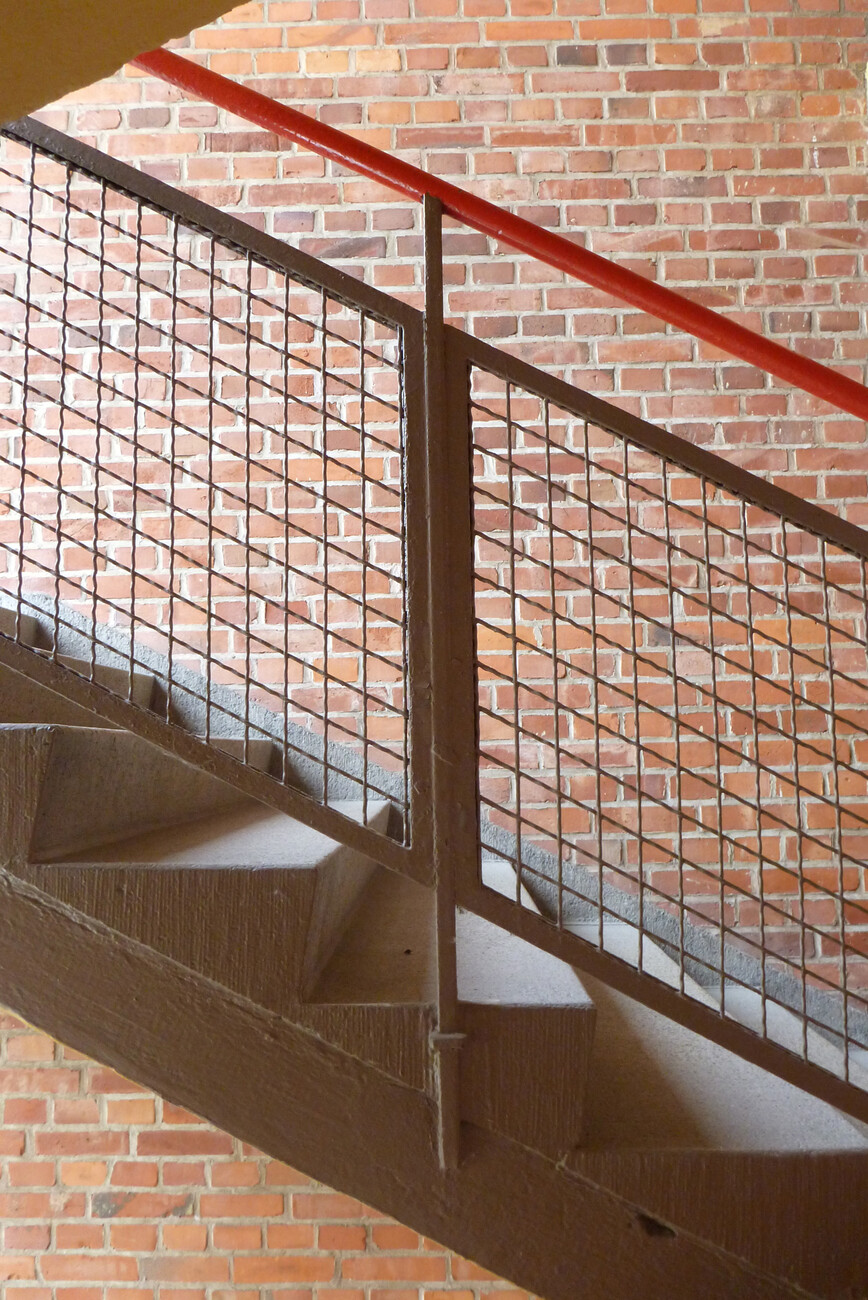Long overdue!
The expansion of the Bauhaus World Cultural Heritage site to include two key buildings designed by architect Hannes Meyer is a long overdue acknowledgement of the efforts of the second director of the Bauhaus, over whom following his expulsion in 1930 the cloak of silence was cast for decades and who, at the instigation of his predecessor Walter Gropius was deliberately the target of calumny. While Walter Gropius’ oeuvre was uncritically celebrated, usually no one mentions the central contribution Meyer made to an “architecture engage”. The buildings with the covered walkways in Dessau and the Trade Union College in Bernau are pioneering and still valid attempts to use architecture to foster social emancipation, to erect a more just and social commonality. While Gropius above all created the so-called “Bauhaus style” and made certain it gained sway, it was Meyer who primarily grasped architecture as a social task and therefore critically addressed his own profession and its propensity to opt for formalist solutions.
Philipp Oswalt is an architect and professor for architectural theory at Kassel University. From 2009 to 2014 he was the head of Stiftung Bauhaus Dessau.




















